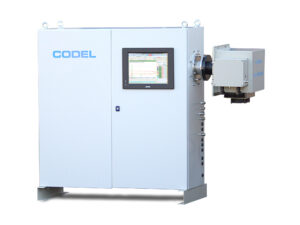 Add My Company
Add My Company
Sign In

Large Combustion Plant Solutions
The combustion of coal, oil, waste, and the production of metals from ores result in the production of large amounts of SO2. This can have harmful effects on human health and the natural environment. To address this issue, Flue Gas Desulphurisation techniques have been developed to remove SO2 from flue gas before it is released into the atmosphere. Coal-fired power stations around the world have been equipped, or are in the process of being retrofitted, with SO2 scrubbers to reduce emissions. Most SO2 control methods involve spraying alkali sorbents into the flue gas, which react with the acidic SO2, as well as HCl and HF. The reaction products are then captured in dust filters (Dry FGD), precipitated from gypsum slurry in the sump (Wet FGD), or disposed of after treatment in the sea (Sea Water FGD). The most commonly used sorbents in the desulphurisation process are limestone, lime, and hydrated lime.
The combustion of coal, oil, waste, and the production of metals from ores result in the production of large amounts of SO2. This can have harmful effects on human health and the natural environment. To address this issue, Flue Gas Desulphurisation techniques have been developed to remove SO2 from flue gas before it is released into the atmosphere. Coal-fired power stations around the world have been equipped, or are in the process of being retrofitted, with SO2 scrubbers to reduce emissions. Most SO2 control methods involve spraying alkali sorbents into the flue gas, which react with the acidic SO2, as well as HCl and HF. The reaction products are then captured in dust filters (Dry FGD), precipitated from gypsum slurry in the sump (Wet FGD), or disposed of after treatment in the sea (Sea Water FGD). The most commonly used sorbents in the desulphurisation process are limestone, lime, and hydrated lime.
For more information on Providers of Large Combustion Plant Solutions talk to Codel International Ltd
Enquire Now
List your company on FindTheNeedle.

